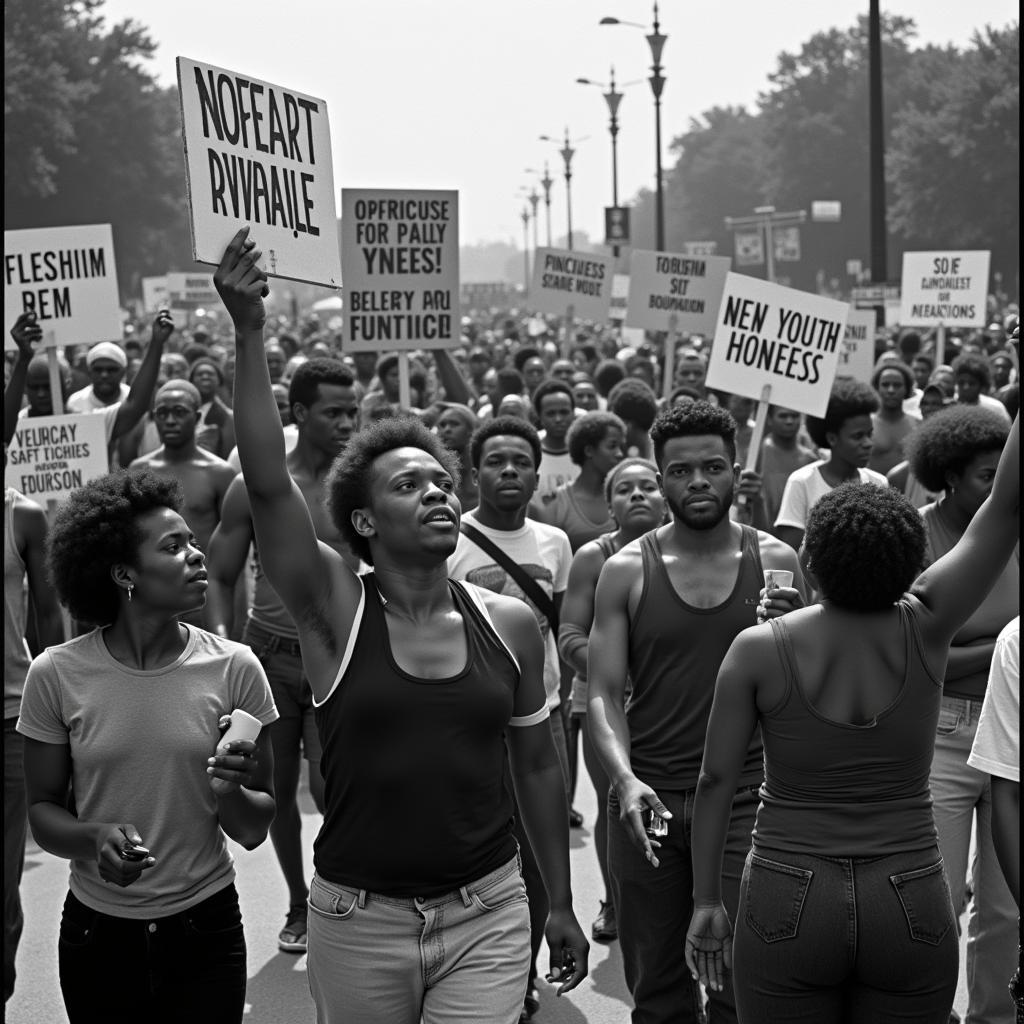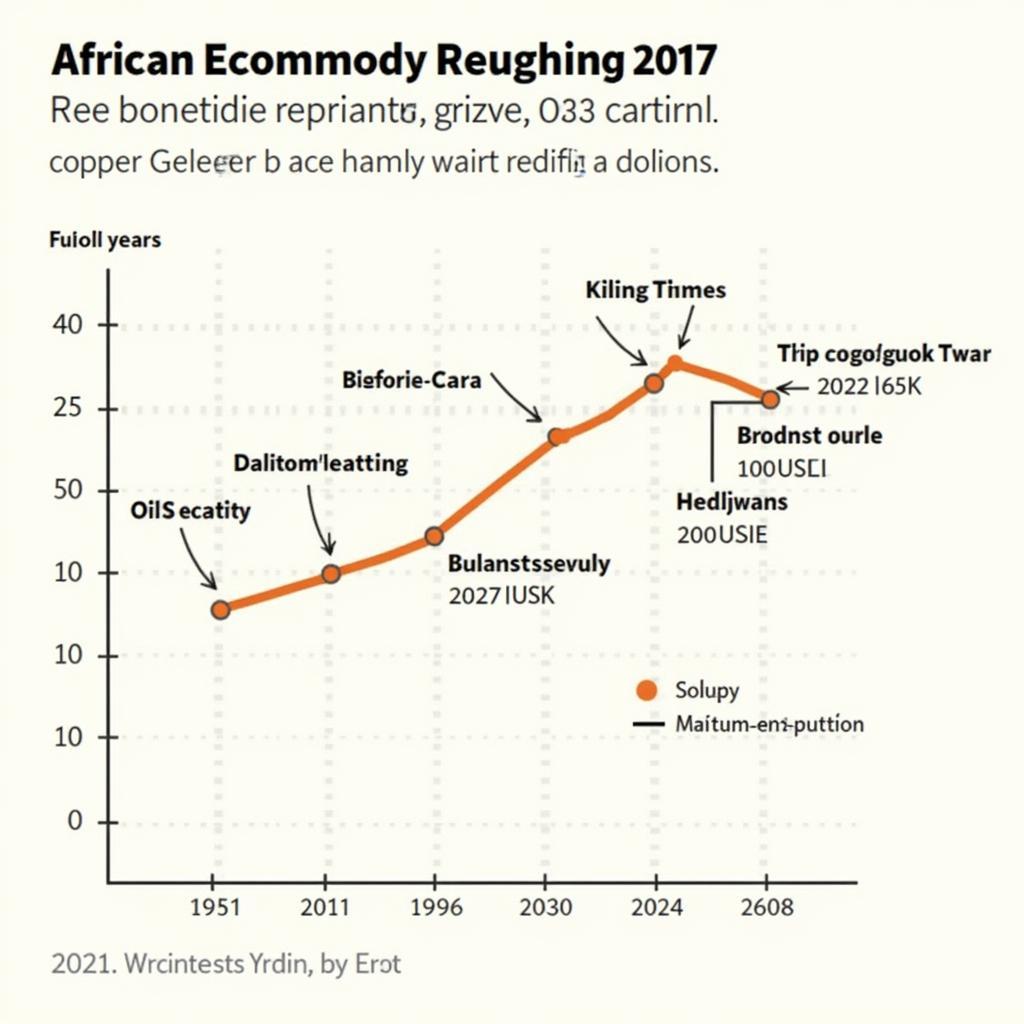The Revolutionary Spirit of 1960s African American Culture
The 1960s marked a pivotal era for African Americans, a time of immense social, political, and cultural transformation. The fight for civil rights took center stage, sparking a cultural revolution that reverberated throughout the nation and the world. This period witnessed the rise of powerful voices demanding equality, justice, and an end to racial segregation. From the streets to the airwaves, African Americans used every platform to challenge the status quo and reshape their narrative.
The Civil Rights Movement: A Catalyst for Change
The Civil Rights Movement served as the driving force behind the profound cultural shifts of the 1960s. The unwavering commitment of activists like Martin Luther King Jr., Malcolm X, and Rosa Parks ignited a firestorm of protest and activism. Boycotts, sit-ins, and marches became commonplace as African Americans courageously confronted systemic racism and demanded equal rights.
 African American Civil Rights Protest
African American Civil Rights Protest
The Black Power Movement: Embracing Identity and Pride
Emerging alongside the Civil Rights Movement, the Black Power Movement took a more assertive stance. It emphasized Black pride, self-determination, and the creation of Black-owned institutions. Figures like Stokely Carmichael and Huey P. Newton challenged the non-violent approach, advocating for self-defense and Black empowerment. This shift in ideology had a profound impact on African American art, music, and fashion, reflecting a newfound sense of identity and resistance.
The Sound of Revolution: Music as a Weapon for Change
Music became a powerful weapon in the fight for equality and a vibrant expression of the Black experience. Soul music, with its roots in gospel and blues, conveyed the joys and sorrows of the African American community. Legendary artists like Aretha Franklin, Otis Redding, and Sam Cooke captivated audiences with their soulful voices and empowering lyrics.
Jazz, too, underwent a transformation. Avant-garde artists like John Coltrane and Ornette Coleman pushed the boundaries of the genre, experimenting with improvisation and free-flowing rhythms. Their music reflected the spirit of rebellion and the quest for liberation that defined the era.
1960s african american fashion
A Literary Renaissance: Giving Voice to the Black Experience
The 1960s witnessed a flowering of African American literature. Writers like James Baldwin, Toni Morrison, and Ralph Ellison gave voice to the Black experience in America, exploring themes of racism, identity, and the search for belonging. Their powerful narratives challenged prevailing societal norms and provided a glimpse into the lives and struggles of African Americans.
Fashion as a Statement: From Afros to dashikis
The cultural revolution of the 1960s extended to fashion as well. African Americans embraced styles that celebrated their heritage and challenged Eurocentric beauty standards. The Afro hairstyle became a symbol of Black pride, while dashikis, colorful garments originating from West Africa, gained popularity as a way to connect with African roots.
Lasting Legacy: Shaping the Future
The cultural and social changes of the 1960s left an indelible mark on American society. The Civil Rights Act of 1964 and the Voting Rights Act of 1965 were landmark achievements, dismantling legal segregation and securing voting rights for African Americans. The era’s artistic and musical contributions continue to inspire generations, reminding us of the power of art to challenge injustice and ignite social change. The 1960s serve as a testament to the resilience, creativity, and unwavering spirit of the African American community in their pursuit of equality and justice.
FAQs:
1. What were some key events of the Civil Rights Movement in the 1960s?
The 1960s saw pivotal events like the March on Washington (1963), the Selma to Montgomery marches (1965), and the assassination of Martin Luther King Jr. (1968), all contributing to significant legal and social change.
2. How did music reflect the social and political climate of the 1960s for African Americans?
Music, especially soul and jazz, became a powerful outlet for expressing the joys, sorrows, and aspirations of African Americans. Artists like Aretha Franklin and John Coltrane used their platform to advocate for equality and justice.
3. How did the Black Power Movement differ from the Civil Rights Movement?
While both movements fought for racial equality, the Black Power Movement focused more on Black pride, self-determination, and economic empowerment. It challenged systemic issues and encouraged Black communities to establish their own institutions and narratives.
4. What were some key literary works that emerged from the African American community during this era?
Notable works include James Baldwin’s “The Fire Next Time,” Ralph Ellison’s “Invisible Man,” and Toni Morrison’s “The Bluest Eye,” all offering powerful insights into the Black experience and challenging societal norms.
5. How did fashion choices among African Americans reflect the cultural changes of the 1960s?
The Afro hairstyle emerged as a symbol of Black pride, rejecting Eurocentric beauty standards. Dashikis gained popularity, representing a connection to African heritage and cultural awareness. These choices signified a shift towards self-acceptance and a celebration of Black identity.
african american activist groups
Need More Information?
Explore more about the profound cultural impact and lasting legacy of 1960s African American culture in our related articles:
Get in Touch:
For inquiries or assistance, please contact us:
Phone Number: +255768904061
Email: kaka.mag@gmail.com
Address: Mbarali DC Mawindi, Kangaga, Tanzania
Our dedicated customer support team is available 24/7 to assist you.

